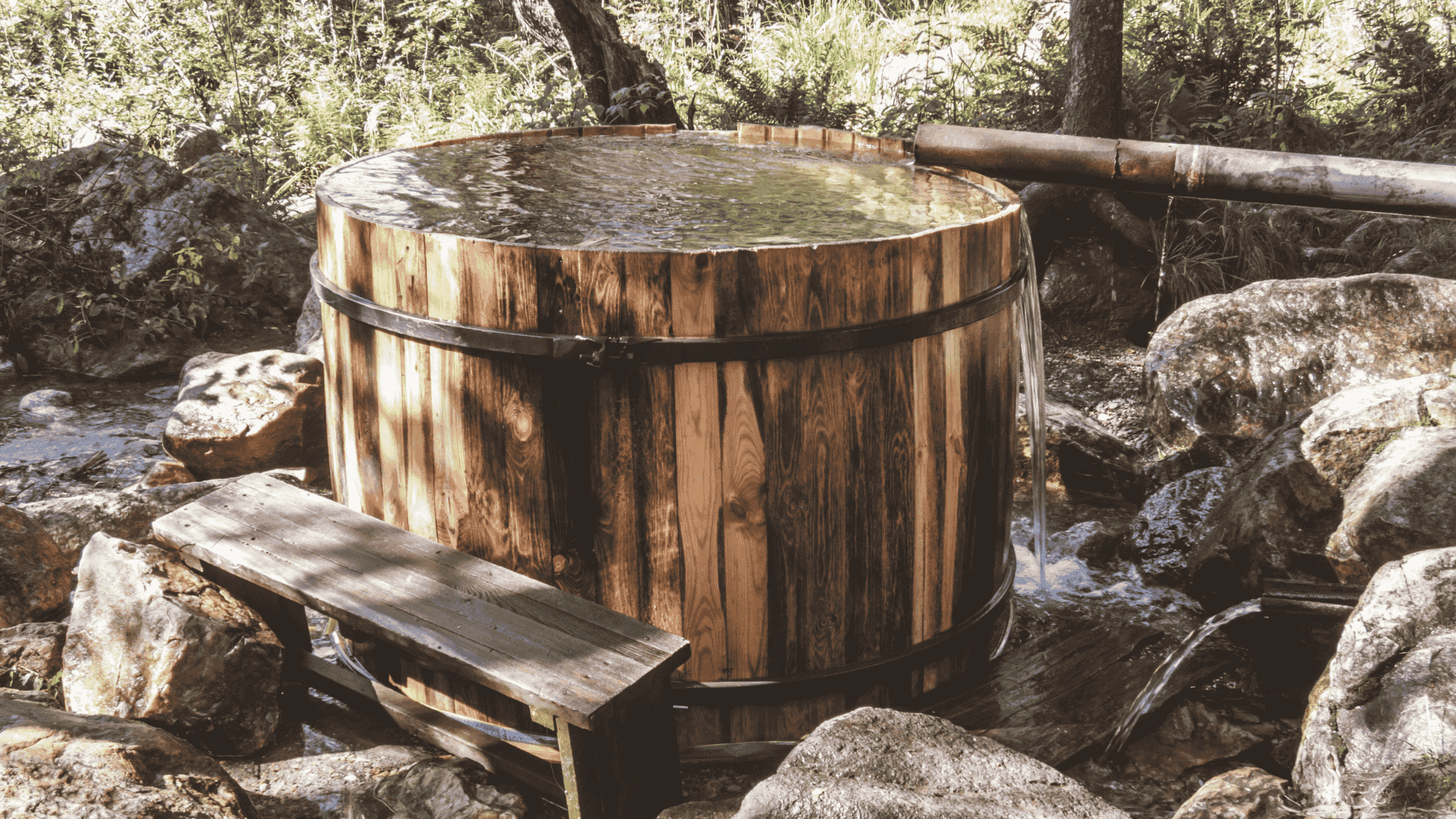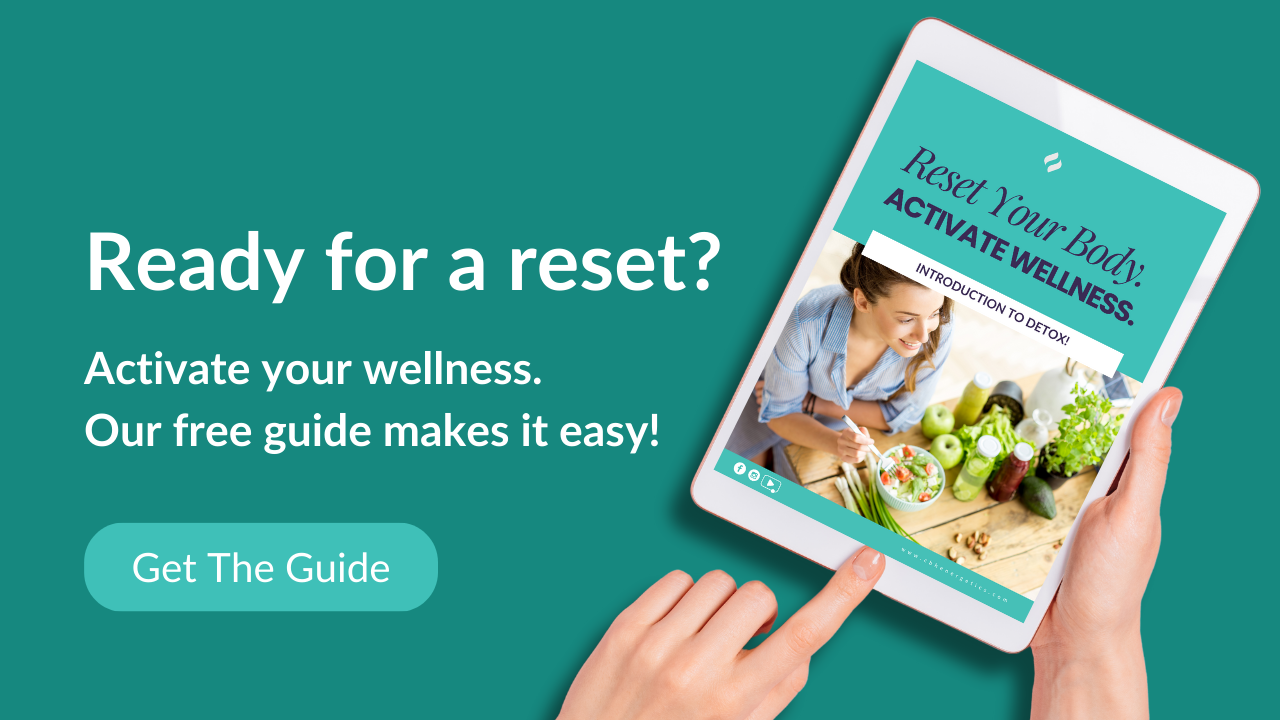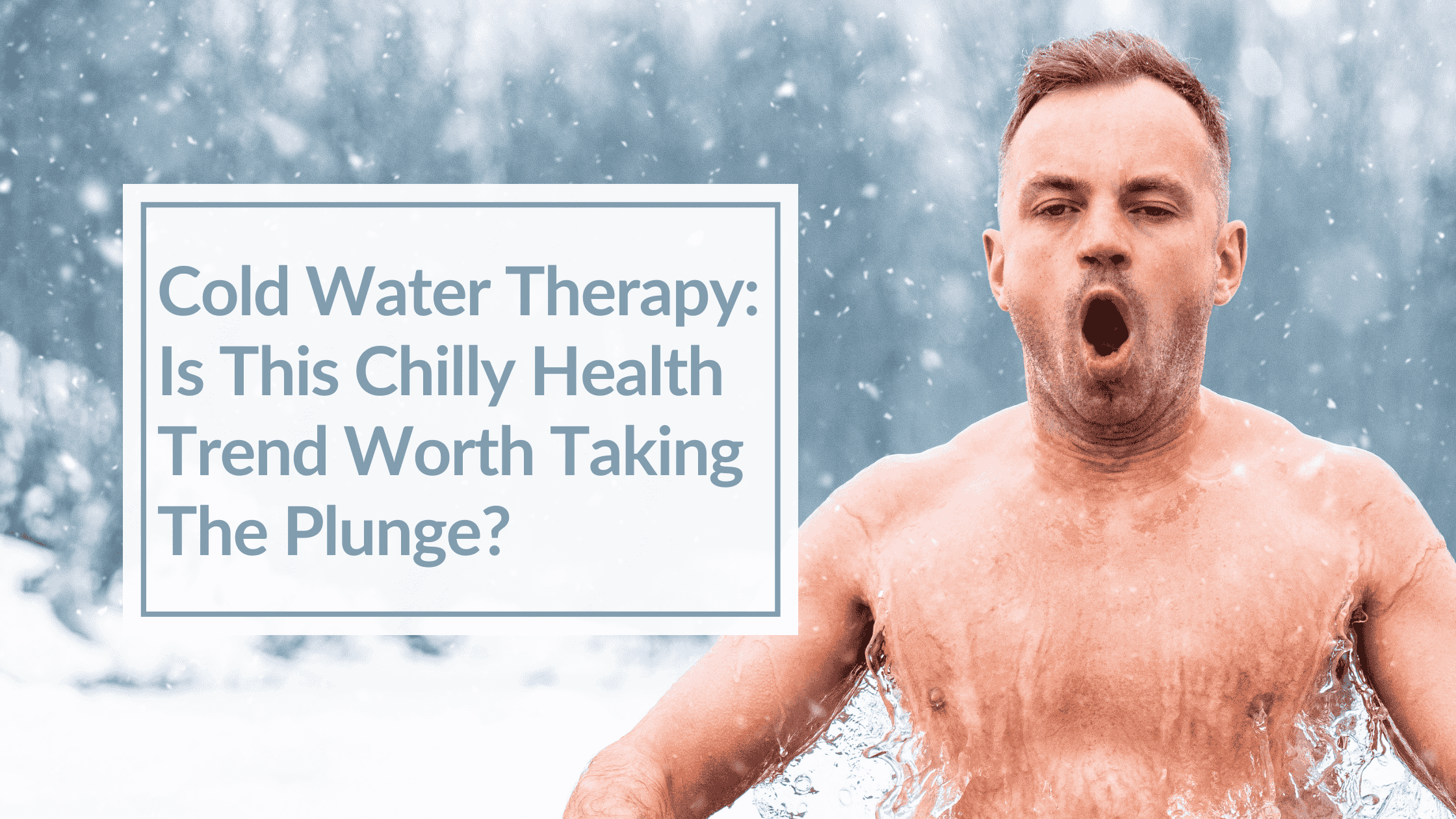
Thinking about Cold Water Therapy? Get Ready to Dive In.
The shock of cold water hits your skin, and your body reacts instantly—blood vessels constrict, your heart rate quickens, and your mind sharpens. This is your body’s natural response to cold, but there’s more happening beneath the surface. Cold water therapy taps into these reactions to provide potential health benefits, including improved muscle recovery and mental clarity. But is cold plunging good for you in the long run, or is it just a fleeting trend?
So, why cold plunge? Let’s explore how this practice can help you refresh both body and mind.
What is Cold Water Therapy?
Cold water therapy involves exposing the body to cold water for therapeutic purposes.
It’s a trend that’s gained significant traction, especially with the rise of TikTok, where influencers showcase their chilly challenges and experiences. You’ve probably seen influencers diving into icy waters or giving their friends a challenge to take the plunge.
One popular method is the polar bear plunge, where people quickly swim in freezing waters, often as part of a community event or fundraiser around the New Year. These plunges have become a fun way for people to bond while embracing the thrill of cold exposure.
Notably, this practice has roots in various cultures, such as the Finnish tradition of ice swimming, where people dip into icy lakes after spending time in a sauna. This combination of heat and cold is believed to enhance relaxation and recovery, showcasing how different societies have embraced cold water therapy in unique ways.
Many wellness enthusiasts fill their bathtubs with ice, creating a makeshift ice bath that offers the exhilarating shock of cold water without needing to venture outside. Specialized cold plunge tubs are available for home use, allowing users to control the temperature easily for a consistent experience. You can also enjoy an icy cold shower or alternate between hot and cold water to reap the benefits.
Additionally, the Wim Hof Method has significantly popularized cold water therapy. Wim Hof, also known as “The Iceman,” has a massive following by combining breathing exercises, cold exposure, and meditation. His methods have inspired many to explore the benefits of cold water immersion and challenge their limits.
Seems like a lot of people are taking the plunge into cold water therapy! But is cold plunging good for you? Let’s look at the benefits to help answer the question, “Why cold plunge?”
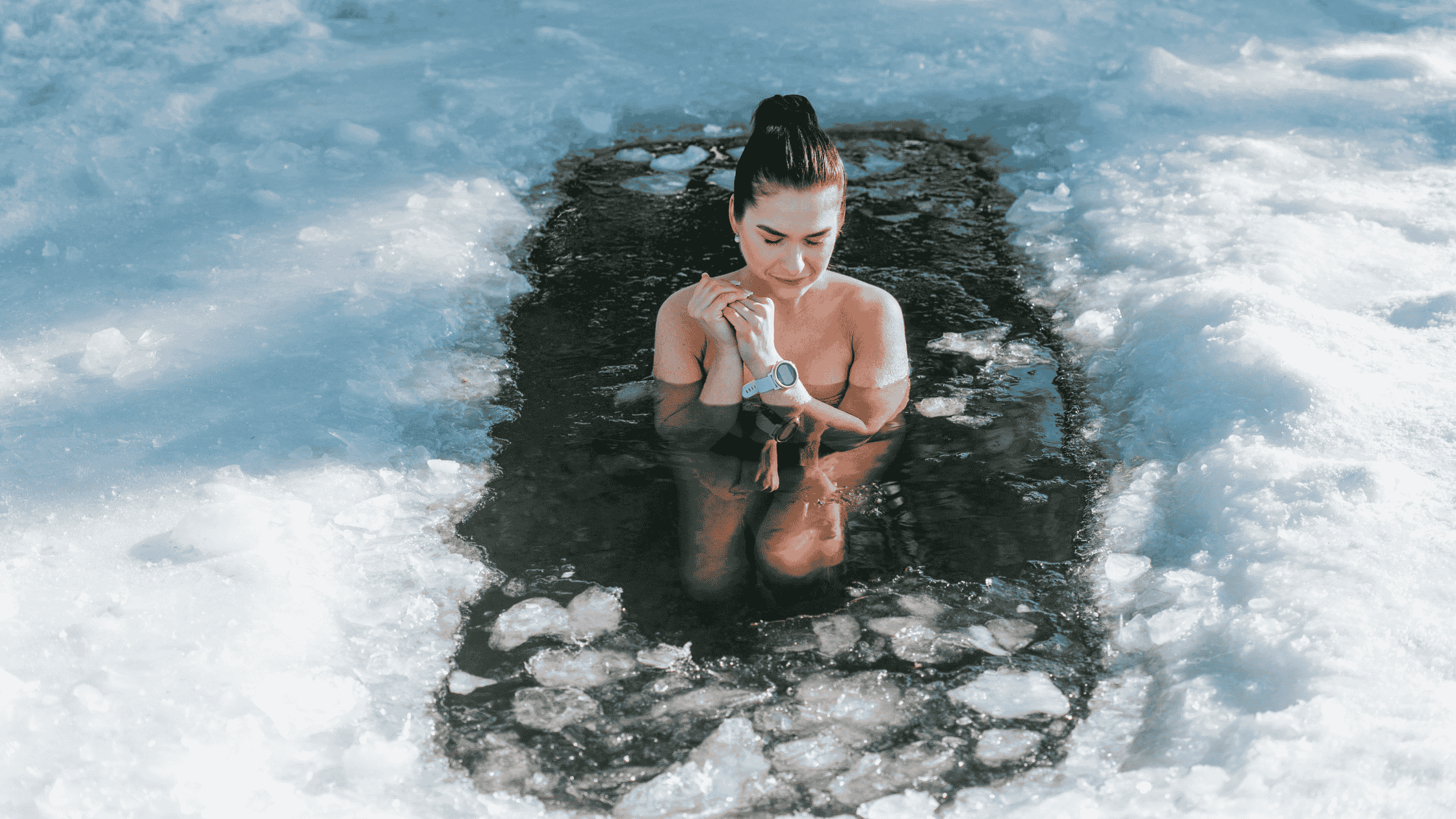
The Benefits of Cold Water Therapy
Helps Improve Circulation
Cold water therapy may be helpful for its ability to improve circulation. Ever feel a chill that sends a tingle through your body? That’s your blood vessels working hard! When you plunge into cold water, your blood vessels constrict (fancy term: vasoconstriction) to keep your core warm. This reaction shifts blood flow to your vital organs. Then, when you step out of the cold, your blood vessels dilate (vasodilation), allowing blood to rush back through your body. This cycle helps deliver essential nutrients while whisking away metabolic waste, giving your Cardiovascular System a nice boost and speeding up recovery after a workout.

Reduces Inflammation
If you’ve ever had sore muscles after an intense workout, you might want to consider a cold plunge. Studies show that cold water immersion can help reduce inflammation, especially post-exercise. Athletes who regularly take the plunge often experience less delayed onset muscle soreness (DOMS) than those who skip it. The cold helps constrict blood vessels and slow down metabolic activity, which can limit inflammation and speed up recovery. So, if you’re looking for a way to ease post-workout discomfort, this is another reason why a cold plunge may benefit you!
Boosts Immune Function
Feeling a bit under the weather? Cold exposure could give your Immune System a helping hand. Regular cold water therapy has been shown to boost white blood cell production, which is your body’s frontline defense against infections. So, by embracing the cold, you might find yourself more resilient when the sniffles strike!
Enhances Mood and Reduces Stress
Another reason to ask, “Is cold water plunging good for you?” Yes! For your mental health! When you immerse yourself in cold water, your body releases endorphins and norepinephrine—those feel-good chemicals that lift your spirits and help you unwind. Regular cold exposure can improve emotional regulation and a more positive overall mood. Many individuals also find that the invigorating sensation of cold water helps them feel more alert and focused.

Improves Sleep Quality
Struggling to catch those Zzzs? Cold water therapy might help you sleep better, especially if you’re an athlete. After a cold plunge, your body temperature drops, signaling it’s time to rest. A lower body temperature is linked to improved sleep quality, leading to deeper, more restorative slumber.
Supports Fat Burning
Interestingly, cold exposure may help stimulate brown adipose tissue (BAT), a type of fat that generates heat by burning calories. Engaging in cold water therapy can potentially enhance your metabolic rate, supporting fat-burning and weight management.
Is Cold Plunging Good for YOU?
As the popularity of any wellness practice rises, there will always be debate around safety and efficacy, but that is with anything!
Despite numerous anecdotal reports and supportive studies, skepticism exists regarding the overall benefits of cold water therapy. Not every claim is universally accepted within the scientific community, suggesting that more rigorous investigation is needed. So, is cold plunging good for you? The answer may depend on individual health factors and specific circumstances.
Individual Health Considerations
Please consult a healthcare professional before starting cold water therapy.
Consider your personal health status before plunging into cold water. Cold exposure may pose risks for individuals with heart conditions, high blood pressure, or other medical issues. The body’s immediate response to cold—like increased heart rate and blood pressure—can be problematic for those with cardiovascular concerns.
Cold plunging may also be challenging for those with adrenal fatigue, chronically high cortisol, or a dysregulated nervous system, as sudden cold exposure can trigger an intensified stress response. If your body is already struggling to manage stress, cold immersion may amplify these effects, potentially worsening feelings of fatigue or stress.
Pregnant women and individuals on their menstrual cycle may also need to exercise caution. While there’s limited research on the effects of cold exposure during pregnancy or menstruation, it’s generally advisable to listen to your body and prioritize comfort during these times.
When considering why cold plunge? Understanding your health status is key to making an informed decision.
Tips for Starting Cold Water Therapy
If you’re considering incorporating cold water therapy into your routine, here are some tips to help you start safely:
- Gradual Exposure: Begin with shorter durations in cold water and gradually increase the time as your body adapts. Start with a few seconds and work up to a minute or longer.
- Monitor Temperature: Aim for water temperatures between 50°F (10°C) and 59°F (15°C) for your plunges. Temperatures below this range can be harsh, especially for beginners.
- Listen to Your Body: Pay attention to how your body reacts during and after the plunge. If you feel extreme discomfort, dizziness, or other concerning symptoms, get out of the water immediately.
- Avoid Overdoing It: While many enthusiasts advocate for longer plunges, starting small and increasing your exposure time is best. Aim for a few cold plunges weekly rather than daily to prevent overwhelming your system.
- Have a Buddy: Whenever possible, try cold plunges with a friend or at a location where others are present. Having someone with you can be helpful for support and safety.
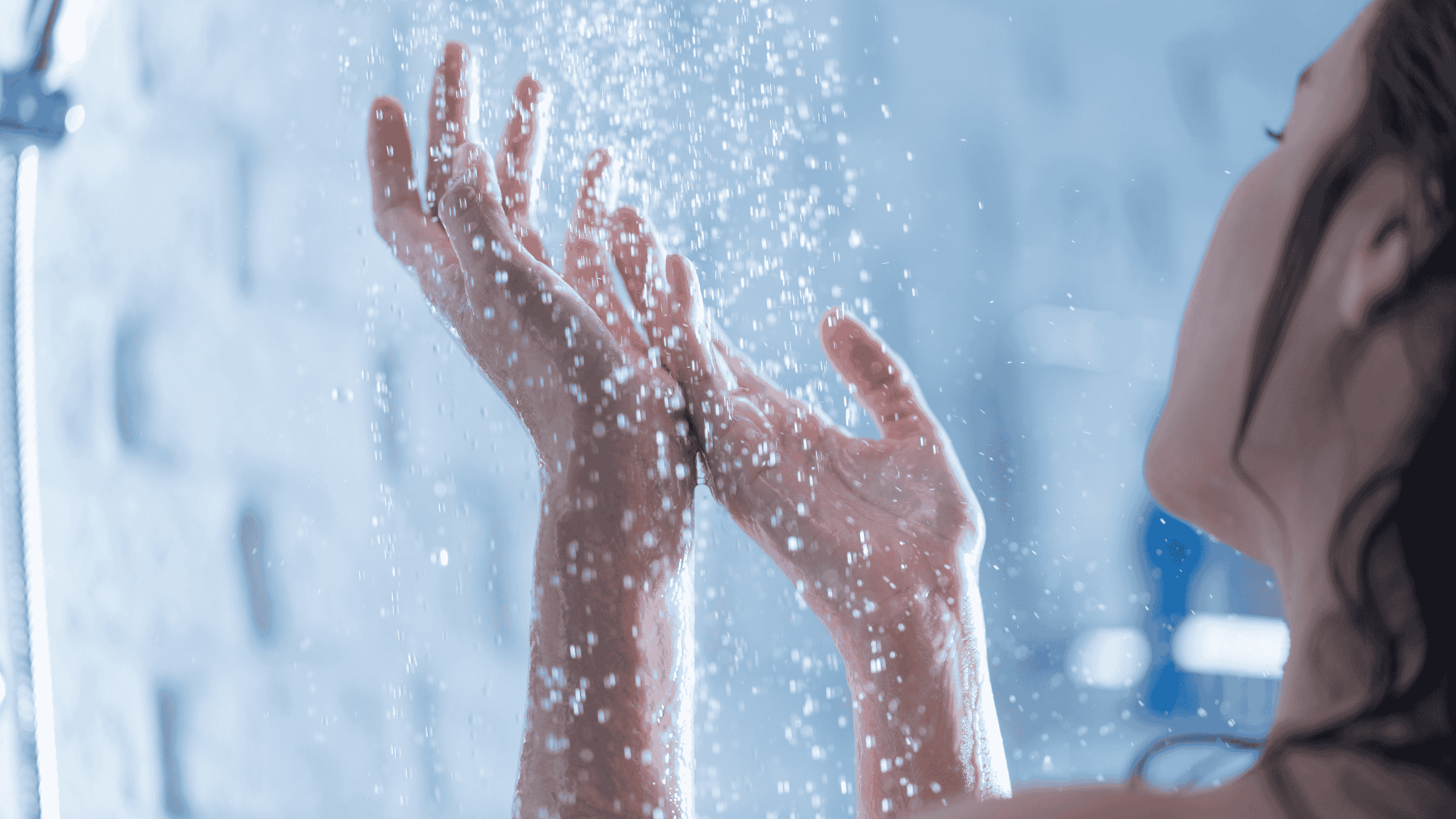
How to Incorporate Cold Water Therapy into Your Routine
Ready to embrace cold water therapy? Here are some practical ways to add cold exposure to your wellness routine without feeling overwhelmed:
Start with Cold Showers or Contrast Showers
Integrate cold showers by beginning with warm water and gradually lowering the temperature for the last 30 seconds to a minute. This allows your body to adjust smoothly.
Create an Ice Bath Experience
Fill your bathtub with cold water and ice until it reaches around 50°F (10°C) to 59°F (15°C). Immerse yourself for 1 to 5 minutes, depending on your comfort level.
Explore Cold Plunge Tubs
Consider specialized cold plunge tubs that let you control water temperature easily. These tubs provide a consistent cold exposure experience with features like built-in filtration.
Join Group Events or Challenges
Look for community events like polar bear plunges to experience cold immersion with others. It’s easier to dive into cold water when you’re with fellow adventurers!
If you decide to give cold water therapy a try, start slowly, listen to your body, and enjoy the invigorating experience. Who knows? You might find it the refreshing change your routine has been missing.
Boost your detox pathways by checking out our free drainage guide!
